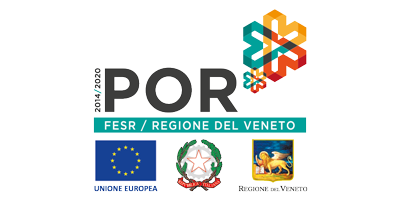Editorials
Brix grades, Polyphenols, Apa, and the Absence of Rottenness, A Dream that Can Come True in Just a Few Steps
The results on the Montepulciano wine in a double test in 2017
26/04/2018
Before intervening with the appropriate vinification techniques, it is essential that the must should contain some quality characteristics for being turned into good quality wine. A high sugar content (expressed in Brix or Babo degrees), polyphenols and APA (readily assimilable nitrogen), along with the absence of mould comprise the parameters that matter in the cellar and that attribute the value (and price) to the whole production process in the vineyard. These entail the same parameters that, in recent years, Ilsa has been able to enhance increasingly, with the use of its protein fertilizers and biostimulants. From the north to south of Italy and in nearly all the most crucial Italian vineyards, the application of solid fertilizers based on Agrogel® and Gelamin®, hydrolyzed (solid and liquid) gelatine for agricultural use, with a high content of amino acids, and the biostimulants of vegetable origin from the Viridem® programme, have allowed winemakers throughout Italy to produce grapes of higher quality and, consequently, of greater value.
In particular, biostimulants based on amino acids extracted from enzymatic (and non-chemical) hydrolysis and on Fabaceae’s enzymatic hydrolyzate, applied through foliar at specific moments of the crop cycle, have managed to enhance the qualitative characteristics by acting on the vine’s physiology in a totally natural manner. The raw materials employed and the certified low environmental impact processes used (Ilsa represents the only producer of organic fertilizers and biostimulants in the world that has conducted the Product Environmental Footprint/Organisation Environmental Footprint (PEF/OEF) study) allow further benefits: the application of these biostimulants in organic farming, as well as the possibility of using them in conventional agricultural practises, combined with plant protection products, given their characteristics of salinity, acidity, and density that allow them to be miscible with any formulation. This allows farmers to apply these biostimulants during normal treatments, without incurring further cost increments.
What are the most suitable moments for the application of these biostimulants?
During the development of the rachis and the flowering, both IlsaTermiko (containing a high content of free amino acids) and IlsaC-on (based on the enzymatic hydrolyzate of Fabaceae), allow a better elongation of the rachis, enabling the grapes’ regular development, an aspect important for preventing Botrytis and acidic moulds in vines characterised by extremely compact bunches (such as Pinot, Montepulciano, Primitivo, to name some from North to South of Italy). The two biostimulants have also an important effect in increasing fruit size and the photosynthetic efficacy of the vines in the decisive phases, i.e., when the noble vine metabolites are produced, which, at the beginning of the maturation period, are transferred into the bunches.
Applied during the development of the grapes, finally, the two biostimulants allow obtaining extremely regular and uniform bunches (an important requirement for the harvesting stages), without rottenness and with respectable qualitative characteristics in terms of sugar content and polyphenols. The strong anti-stress action of these two biostimulants also reduces negative climate influences (temperature leaps), and the presence of specific amino acids (arginine, alanine, glutamine, serine, and valine) makes it possible to increase another parameter important for vinification, that is, the readily assimilable nitrogen (APA), which provides nourishment to the yeasts responsible for fermentation (saccharomyces cerevisiae) and prevents the risks of stale fermentations, often caused due to residual sugar and numerous olfactory and gustatory defects. It is not an unrealistic dream. With only a few steps, all these benefits can be achieved, since the biostimulants act precisely in this way: they positively stimulate various processes of the metabolism involved in vine production, thus allowing multiple advantages for the winemaker.
The results?
On the website www.ilsagroup.com all the results obtained by Ilsa in the last years are available. On Nebbiolo, Barbera, Croatina, Garganega, Pinot, Montepulciano, Lambrusco, Aglianico, Primitivo, Syrah, just to name some. For instance, last year, in Abruzzo, a double demonstration in Montepulciano convinced many farmers who had decided to ask for something more for their vineyards, and in September, they were well repaid.
| San Vito Chietino (CH) | Ortona (CH) | |||
|---|---|---|---|---|
| ILSA | Testimone | ILSA | Testimone | |
| Must analysis | ||||
| Sugar content (sucrose % (m/m) ) |
23,2 | 21,7 | 23,1 | 20,7 |
| Total acidity (g/L of tartaric acid) |
6,06 | 6,61 | 5,47 | 6,83 |
| pH | 3,51 | 3,54 | 3,48 | 3,31 |
| Polyphenol index at 280 nm (in gallic acid) (mg/L) |
1.515 | 1.460 | 1.611 | 1.561 |
| Yield (q/ha) | 165 | 145 | 155 | 150 |
Results of a double test on Montepulciano, conducted in 2017, in collaboration with Farmagricola Sanvitese of San Vito Chietino (CH). The must analysis, conducted on September 5th by CEM srl (Southern Oenological Center) in Ortona (CH), highlighted the evidently better results with the application of Ilsa biostimulants.
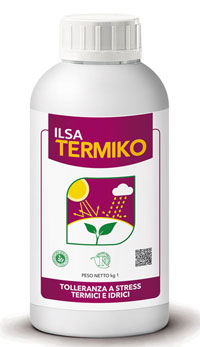
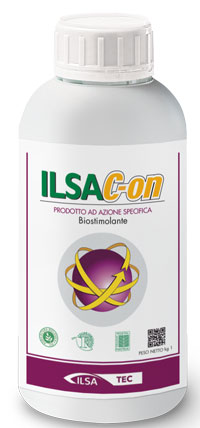
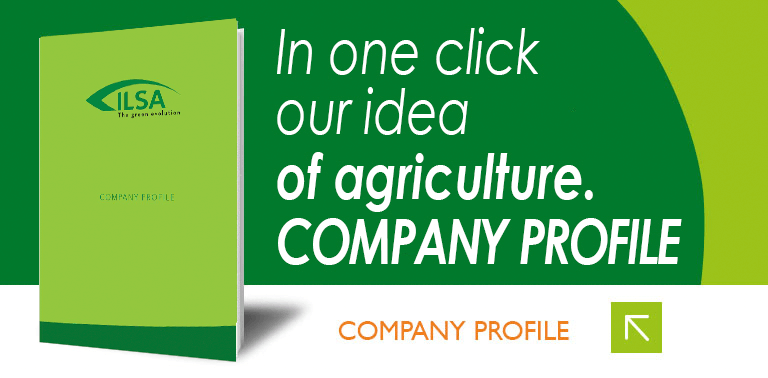

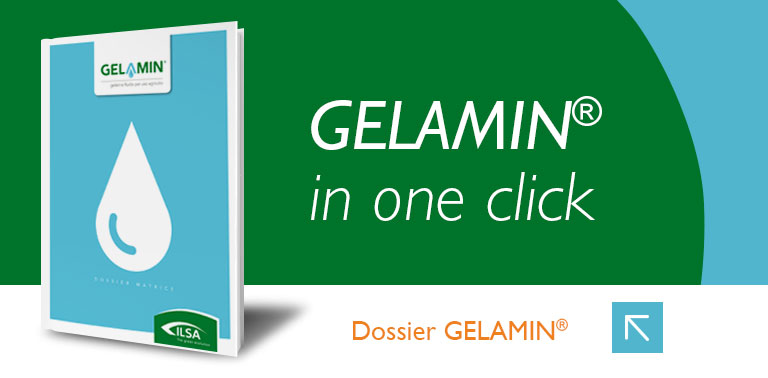
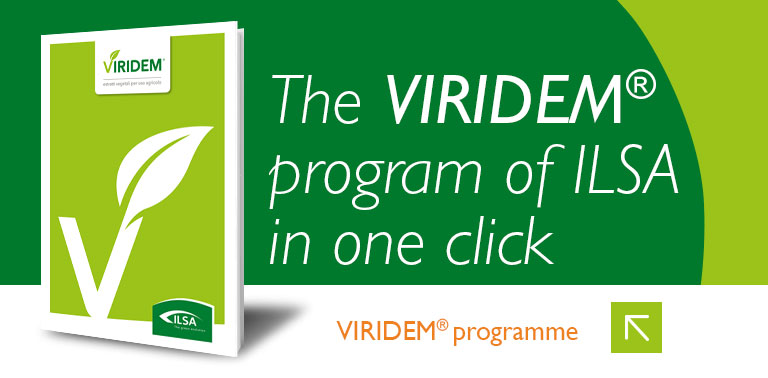

.png)
